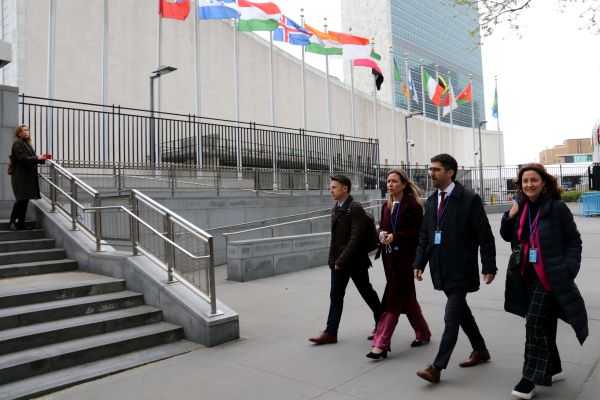UN to study climate change, population loss, and energy challenges in southern Catalonia
First UN-Habitat program outside urban area will receive €300,000 from government annually

Terres de l'Ebre, Catalonia's southernmost region, has been chosen as the site of a UN-Habitat pilot scheme – the first of its kind outside an urban area – that will look into challenges such as climate change, population loss, post-nuclear energy sources, or sustainable tourism.
The program aims to create recommendations for future urban planning as well as a set of analytical tools that are applicable to similar environments.
Terres de l'Ebre, where one of the bloodiest Spanish Civil War battles took place, is one of the Catalan regions most vulnerable to climate change as rising sea levels and extreme weather put its low and highly-eroded terrain at risk for flooding.
NASA, for one, recently determined that the shape of the Ebre River Delta, home to a rich ecosystem with marshes, rice fields, and migratory birds and other species, "is no longer controlled by the river, but by sea waves."
But it is not only the coastal delta area that is at risk - further inland, in the Terra Alta wine region, for example, vines are sensitive to changing temperatures and sudden meteorological events.
Catalan vice president Jordi Puigneró, who was in New York to promote the AINA Catalan voice database for machine learning, traveled to the UN headquarters to sign an agreement that will see the government allocate €300,000 annually towards the program.
Southern Catalonia "has an ecosystem that allows us to work in a comprehensive way. The UN values this, which is why the first territory-wide program will be in Terres de l'Ebre," Puigneró said before meeting with Maimunah Mohd Sharif, the executive director of UN‐Habitat, on Tuesday.
In addition to it being the ideal place to assess the effects of climate change, the Ebre area is also home to the nuclear power plants of Ascó and Vandellòs, and has suffered from population loss although new economic opportunities have begun to flourish alongside traditional jobs in agriculture or tourism with the rise of remote work and the digital sphere.
Environmentalists and other civil society groups from the region welcomed the news, but warned there is not much time for more studies into Terres de l'Ebre's pressing issues. "After we've saved the land we can look at improving and progressing, but now we need action," Marc Bertomeu, a member of the MOLDE activist group, said.